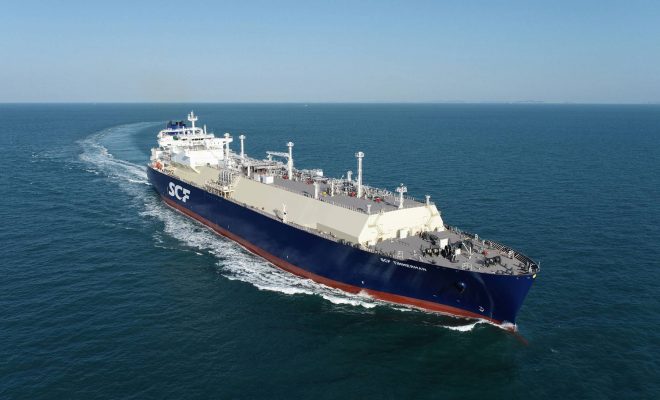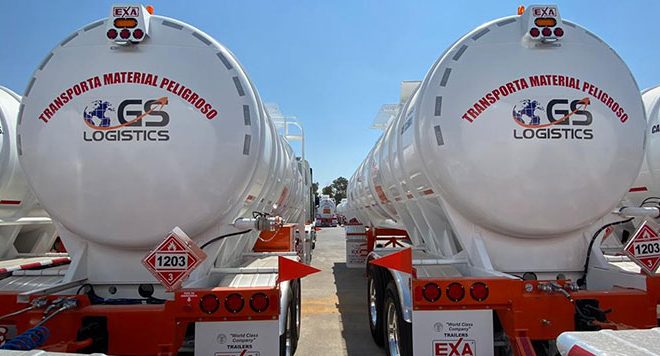Some Benefits of Using Shipping Containers

Goods require suitable packaging in the shipping sector to ensure the safety and protection of the merchandise being transferred both aboard the ship and during transportation to their destination. As a result, shipping containers must be substantial, able to withstand the shipment process, serve as a safe storage facility, and allow for handling. The materials used to build various SCF containers, as well as their design, vary.
Shipping Container Types
The first category is material, which includes all types of freight containers.
The wooden containers are made of wood and are used for heavy items such as guns. Crates employed by various government military services are an example of such containers.
Containers are built of corrugated cardboard boxes; these are fiberboards that have been corrugated to create a cheaper, lighter shipping device that is popular due to its reusability.
These are the typical freight containers that are transported by road, rail, air, and shipping. They are composed of metallic or steel. Because of their high durability and handling capabilities, they are the most significant worldwide standard shipping containers.
Plastic containers are also commonly utilized to transport materials such as liquids or compounds that are corrosive to wooden and metallic devices.

Containers are classified according to their design.
Flat rack containers are open containers that typically measure about 20 feet in length and have folding sides that enable the storage of large cargos.
These are used to ship and store dry products and are the most common sort of dry storage. They come in various sizes, much like the rest of the containers, but 20 feet and 40 feet long are the most typical.
The open-top or open side container, as the name implies, has a top cover that can be opened to enable more space upstairs, whereas the other has doors on both sides. They are used to transport large items and can also be used to transport perishable commodities because the perforations can act as ventilation.
Tank containers come in a variety of sizes and are used to transport liquid and gaseous products. These containers are made of non-corrosive steel for safety reasons.
Half-height containers are often built of steel and are half the size of a conventional bulk container. They are intended to transport products such as bricks and coal since they allow for speedier loading and unloading.
Temperature-controlled containers; are either refrigerated or insulated containers with modifications that manage atmospheric conditions inside and are commonly utilized for long-distance transportation of perishable commodities.
Conclusion.
The best shipping containers have met the ISO certification standards, and the proper choice should be made based on the contents to be transported. The entire shipping process is only appreciated if the appropriate containers are used.











